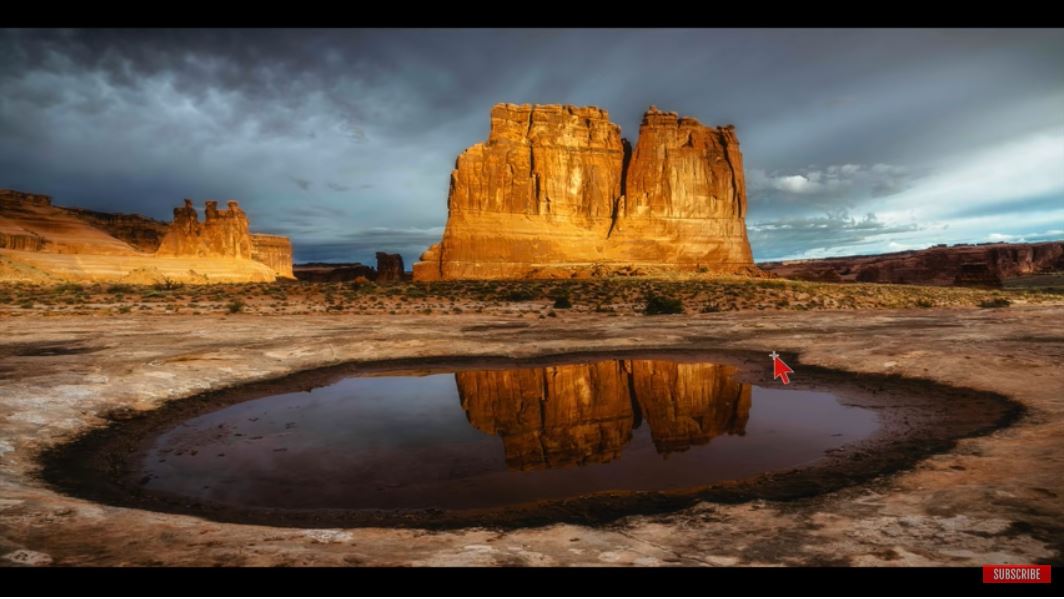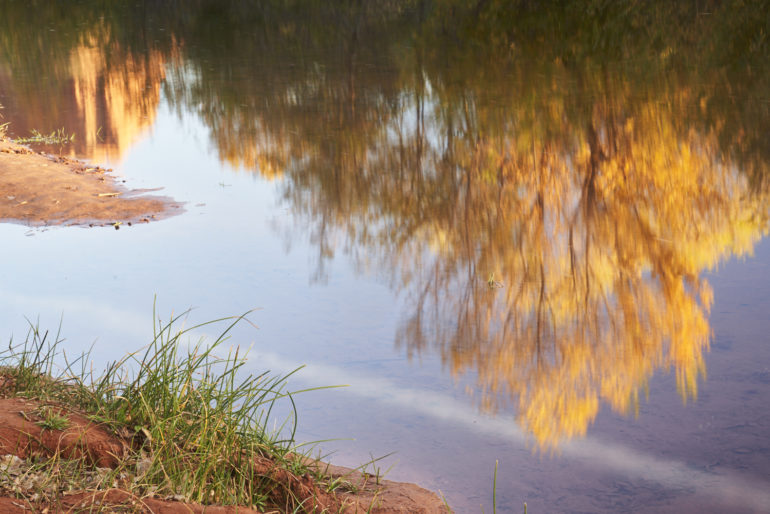Last Updated on 07/26/2019 by Chris Gampat
If you’re just getting into landscape photography, we bring a handful of tips on what to avoid while you’re finding your way around the craft.
With landscape photography having been one the most popular photography genres, it’s not surprising that more photographers are getting into it today. However, there are some common misconceptions and mistakes that beginners can find themselves making which can hamper their progress. This was what landscape photographer Mark Denney learned the hard way. In one of his videos, he addresses this by sharing some of the mistakes he made when he was starting out, and how beginners today can avoid them.
Flat and confusing compositions
A common misconception is that landscape photography is about just shooting the big picture of a scene. However, that reduces the landscape photography into a snapshot that lacks a clear subject or point of interest. To address this, ask yourself what the main draw of the scene is that you’re trying to capture? Then, pick a clear subject and maybe some secondary subjects that will lead a viewer’s eyes toward your main subject. Make sure to also eliminate distractions to your scene when composing or editing in post, if necessary.
Related to this is shooting photos that lack depth. Denney describes these photos as having no layers — foreground, mid-ground, and background. The goal, he says, is to create a 3D look in your landscape photos by capturing the depth of a scene. You know you’ve successfully done this when you can lead the eyes seamlessly from the foreground all the way to the background of the scene you captured.
How about scenes where there aren’t enough elements to create this layering effect? Denney suggests working with light and shadows to create some separation and illusion of depth in your shots.
Ignoring the light meter and histogram
The built-in light meter and histogram help you gauge your exposure — something that beginners may not be able to pick up when they’re starting out. So, Denney says learning to pay attention to the light meter and histogram readings will allow you to avoid overexposing or underexposing your shot and help you gain a better understanding of the exposure triangle.
Shooting in harsh light
One of the first things landscape photographers learn is that sunrise and sunset are the best times to shoot because the light is soft and diffused. Shooting midday when the sunlight hits the scene harshly will produce lots of shadows and blown-out highlights. The so-called Golden Hour is known to light up scenes more dramatically, which produces more eye-catching landscape photos.
Focusing too much time and money on gear
This is a common problem that encompasses all photography genres. It’s easy to get lost in getting the “best” gear out there so you can get better photos. Denney’s personal story of constantly researching the latest cameras and spending so much money on upgrading instead of simply practicing is a testament to the trap that beginners can find themselves in. Instead of spending a fortune on the latest gear, he suggests putting the money on experiences, places, and opportunities that will allow you to practice with what you have.
Always shooting at eye-level
There’s more than one way to see and capture landscapes than at eye-level, so Denney suggests doing away with this practice of shooting at eye-level all the time. His advice is to survey a location at least an hour or so before the time you need to shoot. This will allow you to look at the spot from all angles possible and get creative with your composition.
Bonus: Not shooting in RAW
Given that most cameras out allow shooting in RAW, Denney encourages beginner photographers, whatever the genre they choose, to take advantage of shooting in this format. It will enable you to learn more about getting the best results from post-processing techniques, and how far you can push the capabilities of your camera to get great results.
Check out Mark Denney’s YouTube channel for more of his landscape photography tips and tricks.
Screenshot image from the video by Mark Denney




